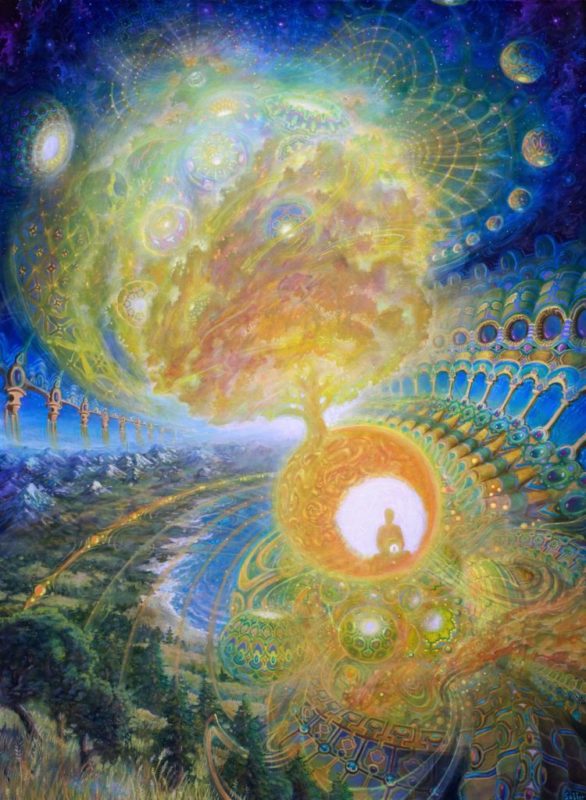
© Uni Kaya
How does microdosing magic mushrooms affect the brain?
Serotonin is one of the most important neurotransmitters, chemical messengers that affect how we think, feel, and act, in the brain. Serotonin has many effects: it acts as a contentment chemical: if you have too little serotonin in your brain, you’ll feel sluggish, have trouble concentrating, and will likely feel depressed; just as if not more importantly, serotonin also is critical for processing information, decision making, and effective problem solving.
Psilocybin, the chemical compound that makes magic mushrooms psychoactive and hallucinogenic, is structured very similarly to serotonin. Because of this, psilocybin interacts with the same receptors in the brain as serotonin does, improving cognitive brain functions involving memory, learning and processing information, and critical thinking and problem solving. It also acts as a mood stabilizer, helping to combat depression and anxiety. These effects of psilocybin are best felt when microdosing, as minute amounts of psilocybin conform to the levels of serotonin and other neurotransmitters typically found in the brain, whereas when taking magic mushrooms to trip, you’re effectively overdosing on serotonin, which causes the feelings of euphoria, lack of anxiety, and increased empathy typically associated with magic mushroom trips.
Microdosing Magic Mushrooms
Microdosing hallucinogens has become increasingly popular within the last decade, as microdosing became more and more popular, to the point of being trendy, among silicon valley startup tech workers and creatives. The reason Silicon Valley startup workers became so enamoured with microdosing is that microdosing allows people to feel the positive effects that hallucinogens have on mood, creativity, concentration, and empathetic and social thinking, without hallucinations that would cause work productivity to decrease; once clinical studies started being done to research the benefits of small amounts of psilocybin in terms of productivity and creative problem solving, microdosing hallucinogens, specifically LSD and magic mushrooms, exploded in popularity.
Microdosing magic mushrooms is a bit different from microdosing LSD, as there isn’t a discrete, knowable exact amount of psilocybin, the compound that gives magic mushrooms their hallucinogenic effects, in each mushroom. When taking magic mushrooms to experience a hallucinogenic trip, that’s not a big deal, as 0.10 grams isn’t going to have a large effect on the trip you will have. But, when microdosing, 0.10 grams can be the difference between no hallucinogenic effects and very mild hallucinogenic effects, and mild hallucinogenic effects are not the desired result. That’s why we recommend microdosing magic mushrooms through capsules, powder, or isolated liquid psilocybin, so that you’re able to be sure of the exact amount of psilocybin you’re consuming.
To consistently microdose magic mushrooms effectively, you’ll want to avoid building up a tolerance to psilocybin, as you’ll be taking tiny amounts of it to achieve your desired effects. Take a microdose in the morning on day 1 to achieve your desired effects, do not microdose on day 2, as you’ll be experiencing the after effects of the microdose, do not microdose on day 3 to take a day where you feel no effects, and then microdose in the morning on day 4.

